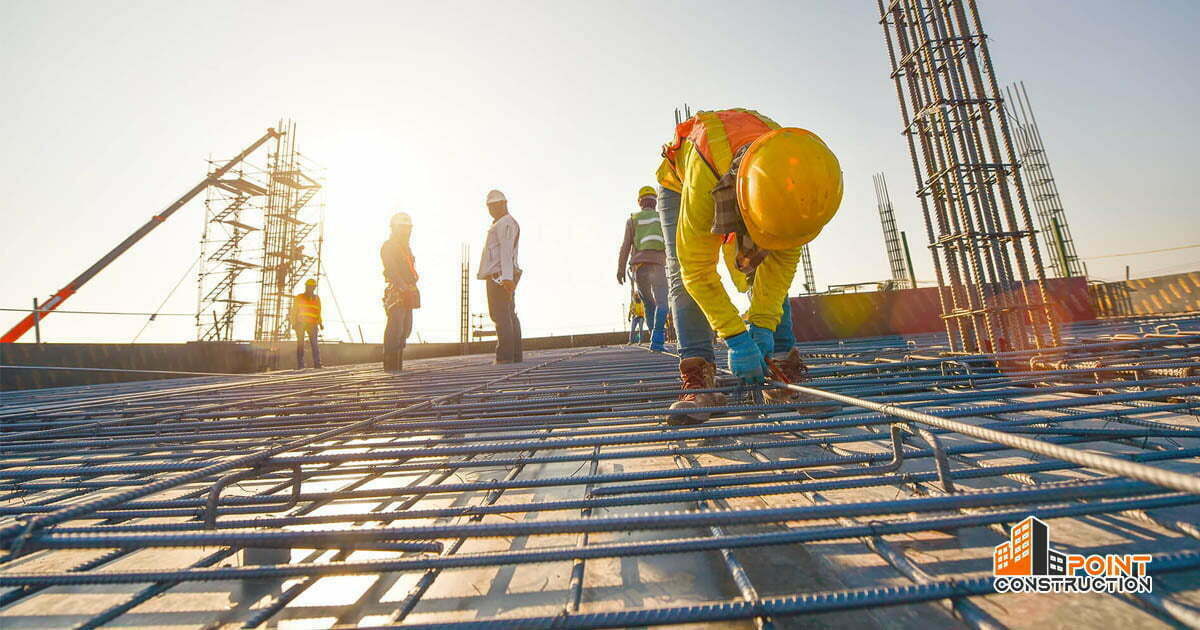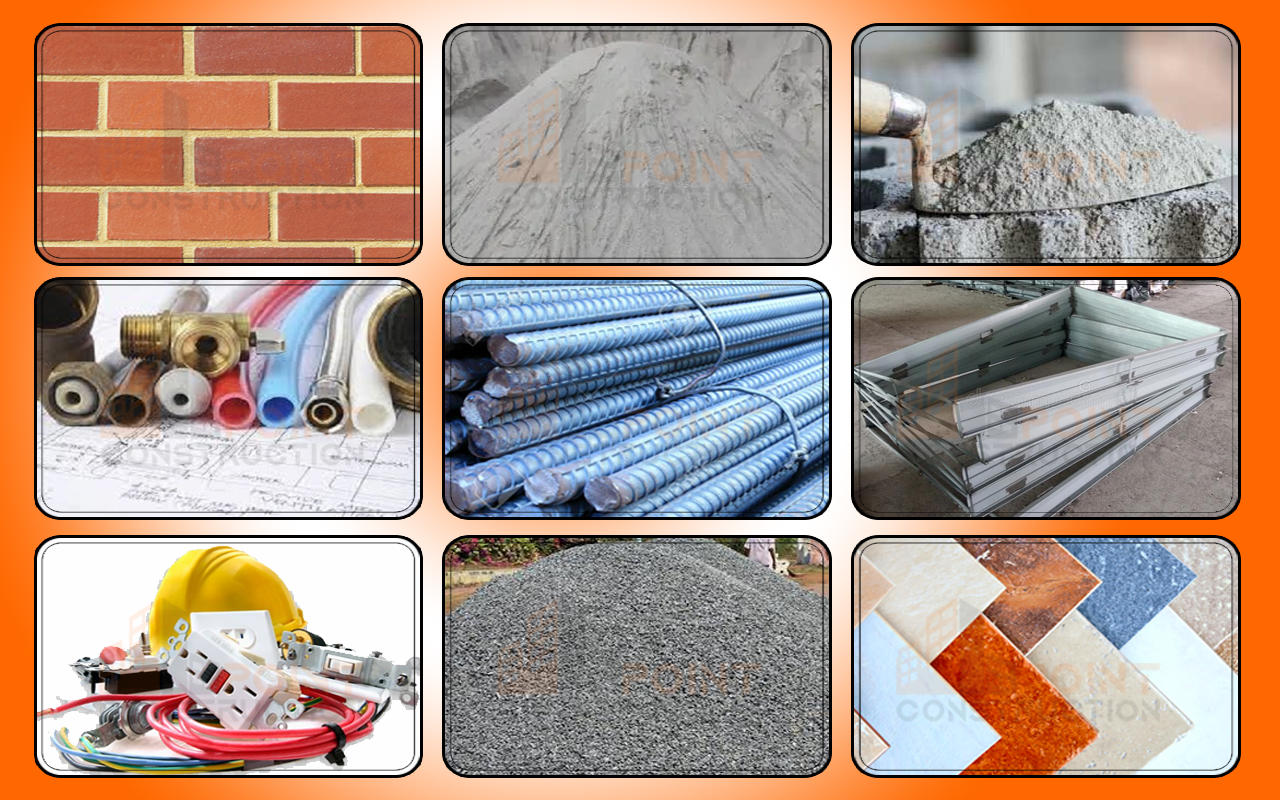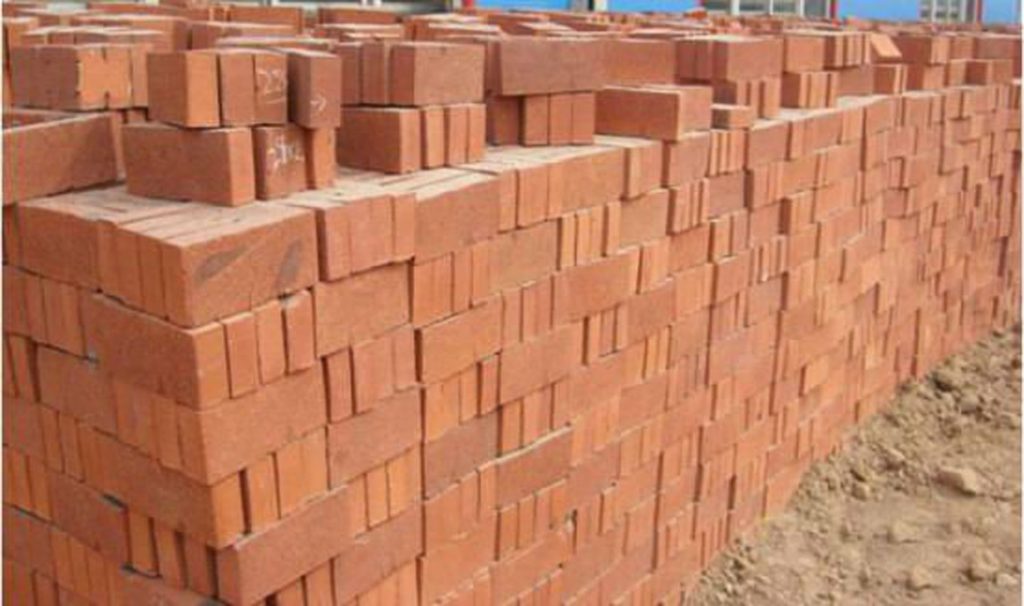Construction and Building Materials

Construction and Building Materials. Any substance used in construction is referred to as a construction material. For the construction of structures, a vast range of building materials is accessible. The original cost, upkeep, ease of maintenance, longevity, and aesthetic of a structure may all be influenced by the materials used. As a result, selecting the most appropriate material for a certain building structure is one of the most significant duties for anybody creating any unit.
Table of Contents
Construction and Building Materials
Every building material has its own set of characteristics that make it ideal for a few uses. Natural is anything that can be found in nature and is available to use. Man-made construction materials, on the other hand, are those that have been synthesized or artificially created to have desirable qualities.

What are the different sorts of buildings?
Building types include:
- Residential Structures
- Buildings for educational purposes
- Building for Institutions
- Buildings used for assembly
- Buildings used for business
- Mercantile Structures
- Buildings used in industry
- Buildings for storage
What Are the Different Types of Building Materials?
Any substance used in the construction of a structure” is classified as “construction material.”
Weight, strength, durability, and cost are all features of any building material that make it suitable for various applications.
Material choices are chosen depending on their cost and ability to withstand the loads and stresses that the building is subjected to.
Building Material Types
The list consists of the many types of building construction materials.
1. Clay Building Materials
Mud is just a combination of soil, loam, silt, or clay that has been mixed with water. It usually forms because of rainfall near a river or other water source. After just a period, the mud solidifies into mudstone.
The presence of a lot of clay in the soil denotes cob/adobe construction, whereas a lot of clay in the soil denotes sod construction. Historic constructions, on the other hand, are made of straw and sand combined and moulded into rammed earth.

2. Brick Building Materials
Humans have employed, the most significant microscopic piece of construction material, for as long as construction history can be traced. Its origins may be traced back to the dawn of human civilization. Bricks come in a variety of classifications, kinds, materials, and sizes that differ by place and time. They’re made in large quantities. Bricks of the proper sort and quantity are used depending on the situation.

3. Concrete Building Materials
Concrete mix is a common building material made up of crushed stone, gravel, and sand that is often cemented together along with Cement concrete. Whereas this composite material has good compressive strength and thermal capacity, its poor tensile strength means it frequently requires additional reinforcing.
Strengthen cinder block walls for load-bearing walls with rebar—vertical steel rods that offer tensile strength. Concrete can be used to make tile grout, floors, walls, supports, foundations, walkways, highways, and mass constructions like dams. Because of the calcination process necessary to create cement, concrete construction is a major source of greenhouse gas emissions.

4. Glass Building Materials
Glass is a product made from a mixture of sand and silicates in a very hot fire furnace called a kiln, and it is extremely fragile. It is one of the most often used construction materials.
Glass is commonly used in windows to cover the window panel, allowing light into the room while keeping adverse weather out.
The Glass curtains are used to wrap the full façade of a building or to stretch over a large roof structure in the space frame. Glass Tile is a novel innovation that is used to raise the height of a structure.

Types of Glass:
- Glass blocks
- Laminated glass
- loat glass
- Tinted glass
- Toughened glass
- Shatterproof glass
- Extra clean glass
- Double glazed glass
- Chromatic glass
- Glass wool
5. Wood Building Materials
Wood has long been utilised as a full building material for the frame, external siding, and trimming. Wooden materials have a long lifespan if properly cared for. Early woodwork should be preserved and restored if required. Splicing in new portions is simple. Wood is often provided to create buildings with a historical character by incorporating it into the interior design.

6. Steel Building Materials
Steel is a metal alloy consisting primarily of iron and including a tiny amount of carbon. Because of its max tensile ratio, the steel structure is an excellent choice for skyscrapers or other big constructions such as stadiums and bridges. Steel can also be used to make nails, screws, bolts, and other fasteners used in building construction.

7. Plastic Building Materials
Plastic is being used more than any other material. This is a lightweight material that is simple to deal with and maintain. It is a crucial sort of construction material. There are several various types of plastics currently on the market, each with its own set of qualities and applications.

8. Fabric Building Materials
Fabric is a flexible, interwoven fibre-based material. There are many different types of textiles, many of which include weatherproofing and fire-resistant properties, however typical fabrics in building involve cotton canvas, fibreglass, woven fibreglass, and vinyl-coated polyester. Fabric may be used to create low, temporary constructions such as tents and carport awnings.

What is the significance of construction materials?
The presence of a structure is denoted by the material used to construct it. It shows if a design has an aesthetic sense and, as a result, affects the structure’s practicability. It helps to create a relationship between architectural aesthetic brilliance and structural soundness.
Steel vs Concrete
Metal has a higher dimensional strength than concrete. Steel does not deform, split, shrink, or fracture when exposed to the environment, unlike concrete. Furthermore, steel constructions are better able to resist disasters.
How then do you decide which building material is ideal for a project?
When selecting materials and tools, do your homework to ensure that your building is stable. To ensure the sturdiness of your structure, examine the stiffness and strength of the materials. Architects, Engineers and customers are all affected by the cost of materials issue.





